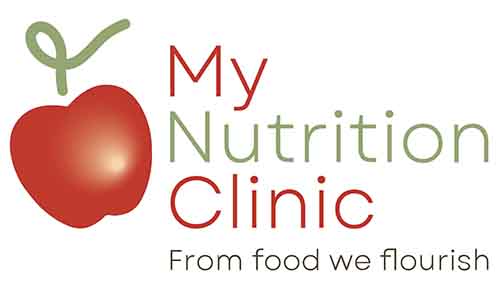An allergic reaction involves the immune system whilst an intolerance does not. An intolerance is a response to chemicals, either natural or added to foods, and is generally a dose dependant reaction.
Allergies occur when the immune system reacts to a substance (an allergen) which is otherwise harmless. Antibodies are produced and an allergic reaction occurs. Just about anything can cause an allergic reaction but when we are talking about foods, most commonly reactions are caused by one or more of 9 foods. These include dairy (milk, cheese, yoghurt, butter etc), egg, soya, peanuts, treenuts, shellfish, fish, sesame, and wheat.
Not all allergies are due to foods though, with aeroallergens such as dustmite, pet dander and pollens or grasses all being common causes. Insect bites and medications may also be causative.
How many, who, what, when?
1 in 10 children are diagnosed with allergies in Australia. In young children 0 to 5 years, the most common allergens are milk, egg, soy and peanut. In older children 5 to 10 years, it’s peanut, treenut, shellfish, fish, wheat and kiwi. In teenagers, it tends to be fish and shellfish, peanuts, treenuts and seeds, and fruits (oral allergy). Often children will grow out of their allergy and this is especially true for milk, eggs and soy.
Types of Allergy and what does it mean?
Reactions can take place immediately and present as hives, red rash, wheezing, facial swelling and more seriously – anaphylaxis. These reactions are IgE mediated. They will show up on a blood test (IgE) or on a skin prick test (SPT) and their severity may be gauged (although not always).
Reactions can also happen a few hours after the ingestion of food so the cause is not always obvious. Symptoms may present as eczema, gastrointestinal complaints such as diarrhoea, constipation, vomiting, colic or blood and mucous in stools. These reactions are non-IgE mediated and will not show up on allergy tests. A diet history with a symptom diary is generally used to diagnose these allergies. There is no risk of anaphylaxis with non-IgE allergies.
Intolerances: Could be from an enzyme deficiency which is usually temporary as per lactase, or from chemical irritation of nerve endings. Chemicals can be naturally occurring or added. Treatment is to follow an elimination diet (simple, moderate or strict), then when asymptomatic, to reintroduce foods in order to determine the level of tolerance.
Note that coeliac disease although defined as an intolerance to gluten – is an autoimmune condition and so does not fall into any of the above but does require lifelong avoidance of gluten (found in wheat, rye and barley)
What to do:
It can all get a bit tricky as symptoms often overlap, and cross reactions can occur. Although IgE reactions are the most imminent and potentially life threatening, non-IgE mediated allergy along with food intolerance can be debilitating and difficult to diagnose. If you think that your child has an allergy or an intolerance which is impacting on their quality of life, its probably best to get some specialist help. It can make things a whole lot easier when there is a clear diagnosis and specific treatment plan!
 Author: Jacqui Palmer, Paediatric Dietitian for My Nutrition Clinic
Author: Jacqui Palmer, Paediatric Dietitian for My Nutrition Clinic



